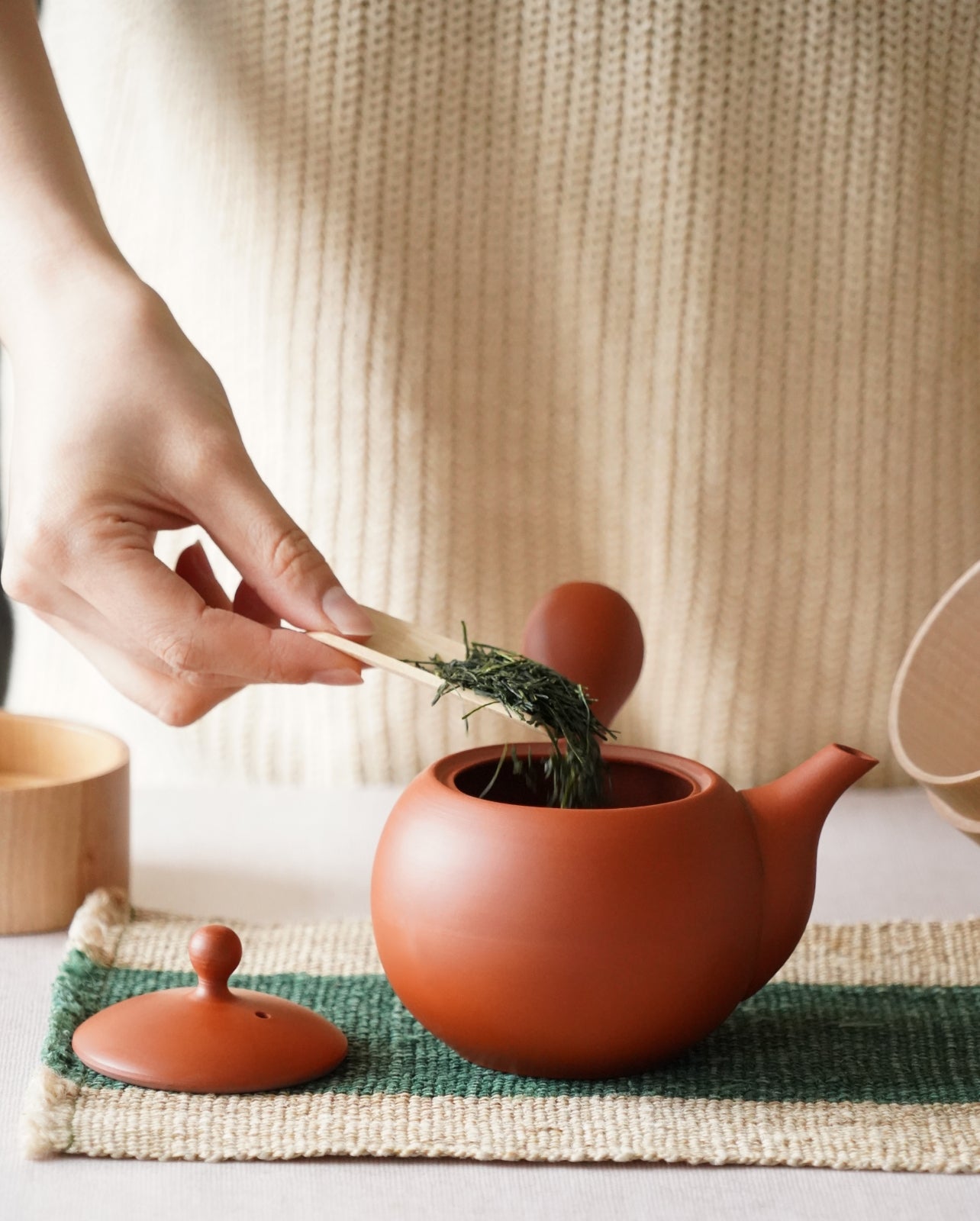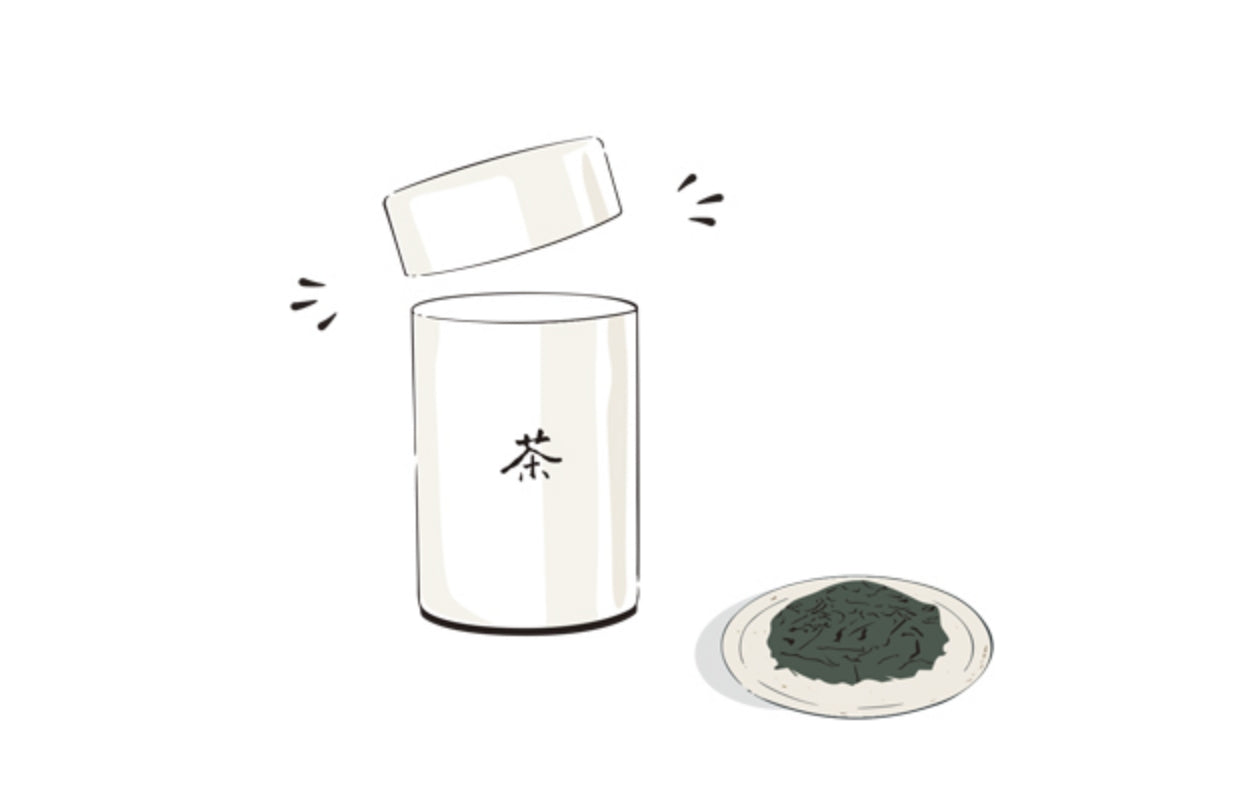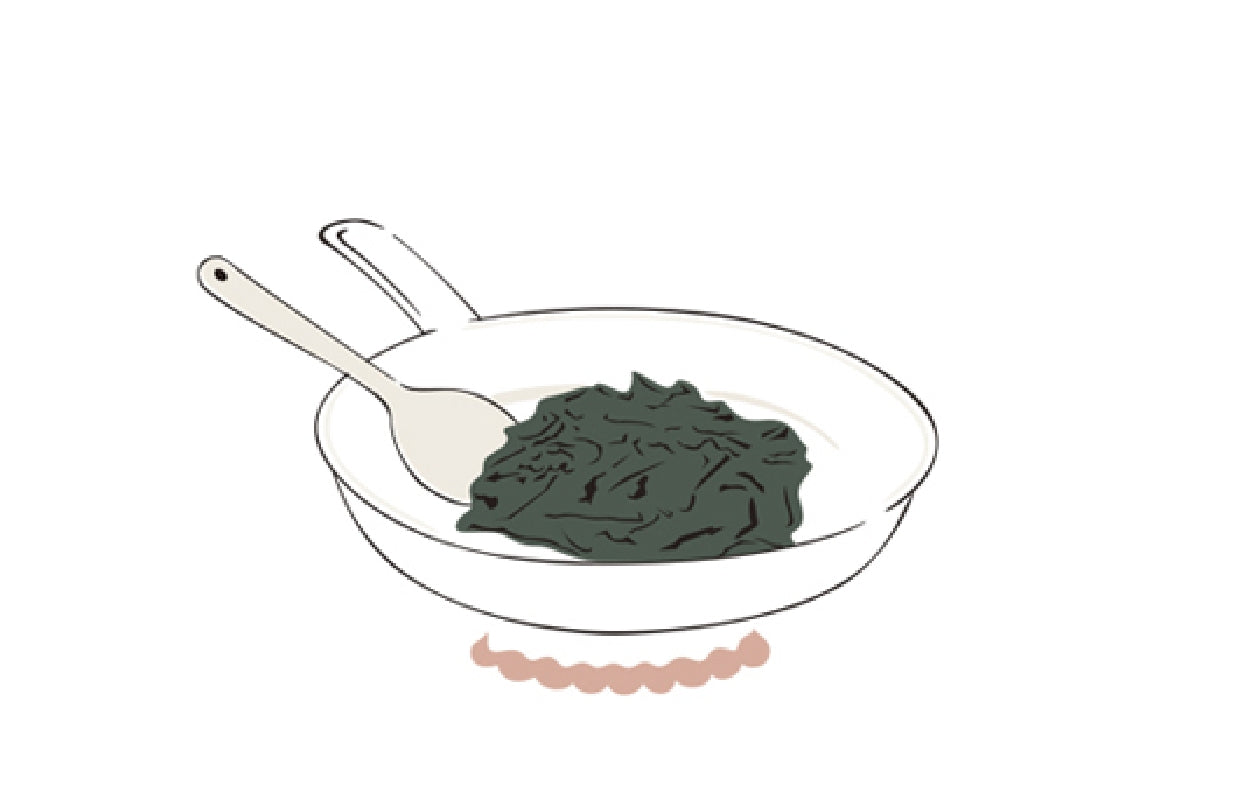As a guideline, purchase as little as possible and use up within 2 weeks in summer and 1 month in winter after opening. After opening, seal with a can or ziplock and store in a cool, dark place.
*Avoid storing in the refrigerator or freezer after opening, as it will easily absorb moisture and odors.
Store unopened in the refrigerator or freezer. However, if you open the tea in a cold state, condensation will occur on the surface due to the temperature difference, and it will absorb it, so be sure to return it to room temperature before opening it. Also, even if it is unopened, it will deteriorate if it is repeatedly stored at room temperature and refrigerated/frozen.






